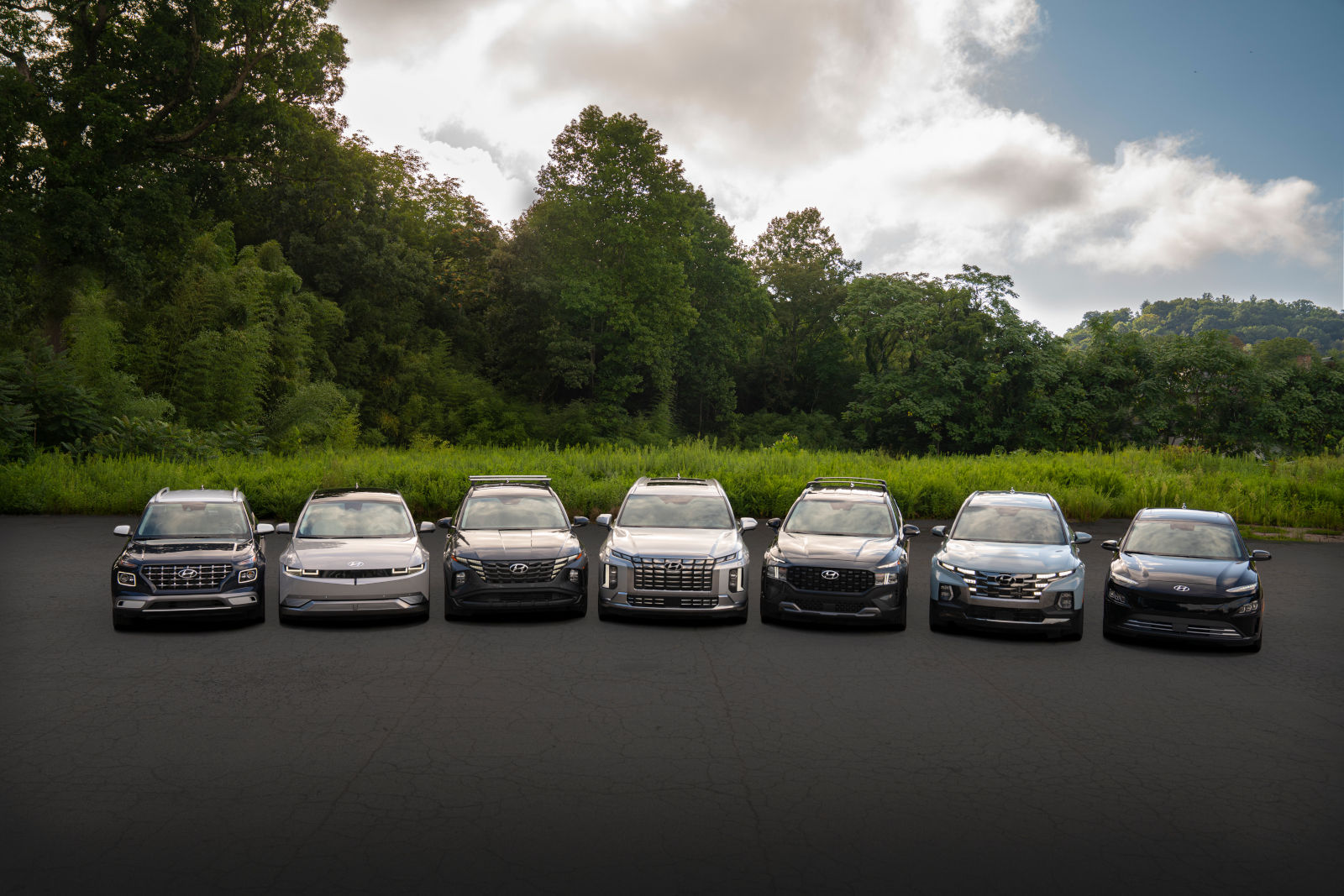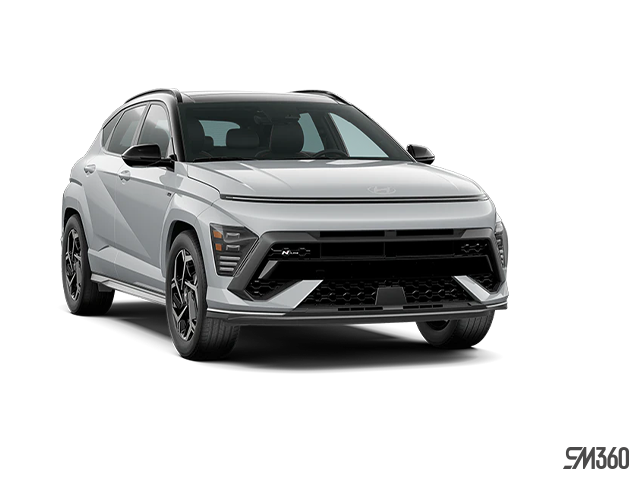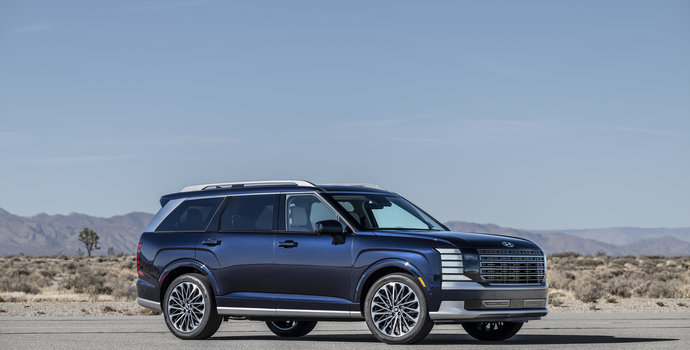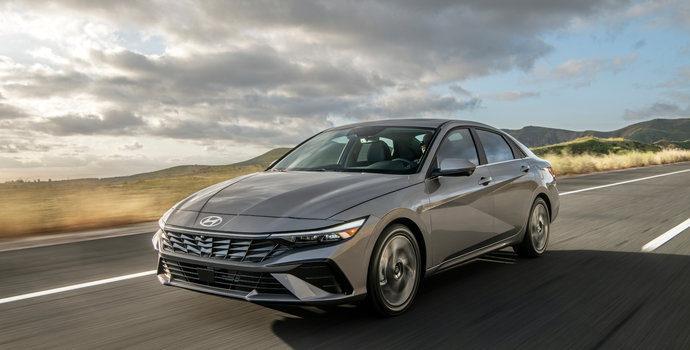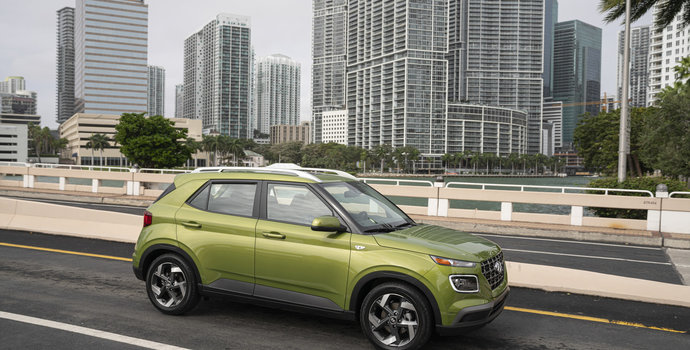Choosing the right SUV means balancing size, performance, and efficiency to suit your daily driving needs. Hyundai offers a diverse lineup with the 2025 Tucson, Kona, and Venue, each catering to different lifestyles. The Tucson is the largest, packed with features and towing capability, while the Kona bridges the gap between compact convenience and available electrification. The Venue, the smallest of the three, is ideal for city dwellers who prioritize maneuverability and efficiency.
Understanding the differences in dimensions, interior space, performance, and technology can help narrow down the best option for your lifestyle. This detailed comparison breaks down what each SUV offers, ensuring that whether you need a spacious hauler, a balanced all-rounder, or an efficient city commuter, you’ll have the information to make an informed choice.
Find Your Perfect SUV at Woodstock Hyundai
Tucson, Kona, or Venue? Compare the Hyundai SUV lineup to find the best fit for your lifestyle, features, and driving needs.
Explore Our Hyundai SUVs >
Exterior and Dimensions
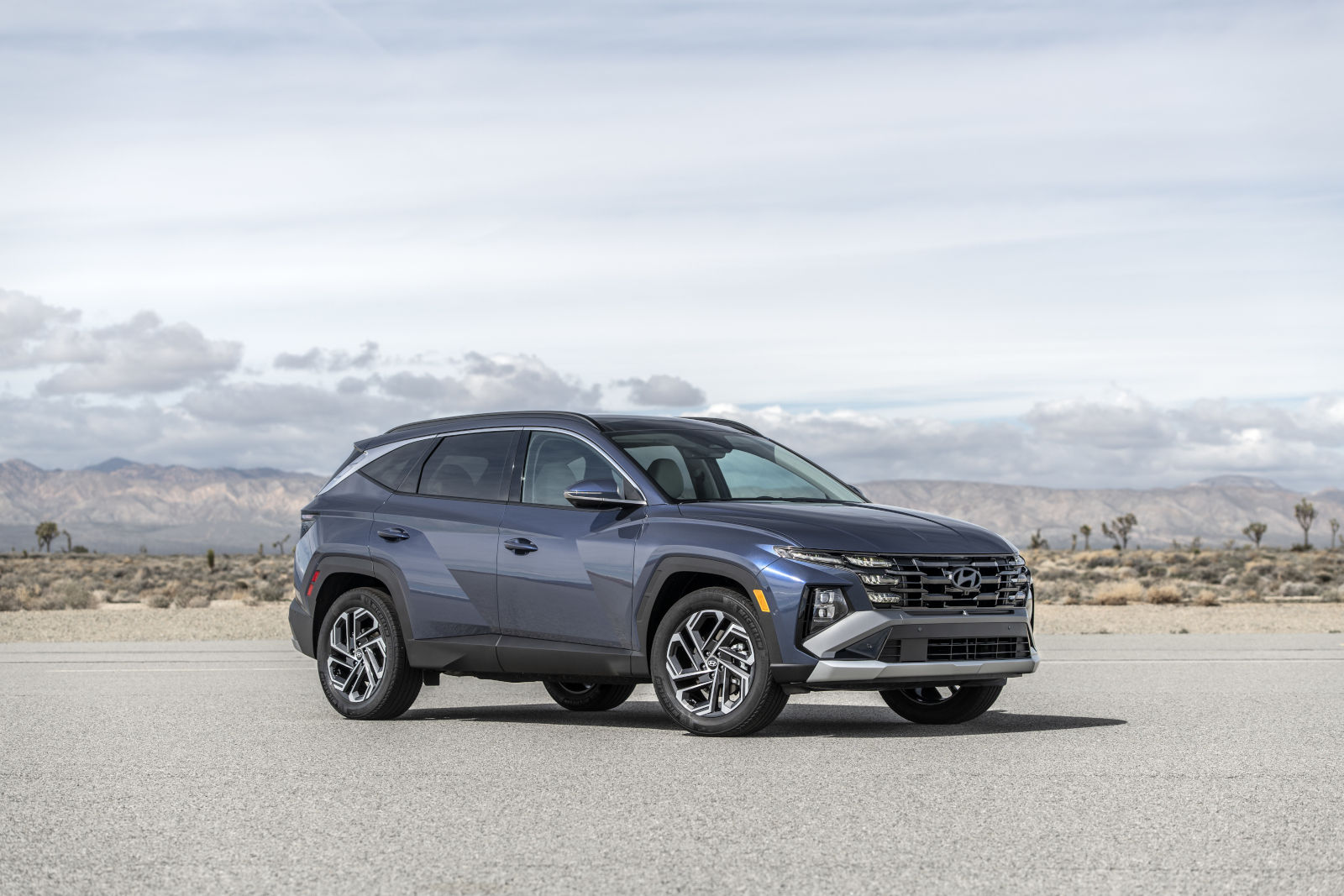
The 2025 Hyundai Tucson is the largest of the three, measuring 4,640 mm in length and 1,865 mm in width, with a wheelbase of 2,755 mm. It has a minimum ground clearance of 210 mm, making it the most suitable for varied terrain and light off-road conditions.
The 2025 Hyundai Kona falls into the subcompact category with a length of 4,350 mm, a width of 1,825 mm, and a wheelbase of 2,660 mm. AWD variants offer a ground clearance of up to 210 mm, giving it a bit of versatility beyond city streets.
The 2025 Hyundai Venue is the most compact at 4,040 mm long and 1,770 mm wide, with the shortest wheelbase of 2,520 mm. Its 170 mm ground clearance is lower than the other two, reinforcing its primary role as a nimble urban commuter.
|
Model
|
Length (mm)
|
Width (mm)
|
Wheelbase (mm)
|
Ground Clearance (mm)
|
|
2025 Hyundai Tucson
|
4640
|
1865
|
2755
|
210
|
|
2025 Hyundai Kona
|
4350
|
1825
|
2660
|
205
|
|
2025 Hyundai Venue
|
4040
|
1770
|
2520
|
170
|
Interior Space and Cargo
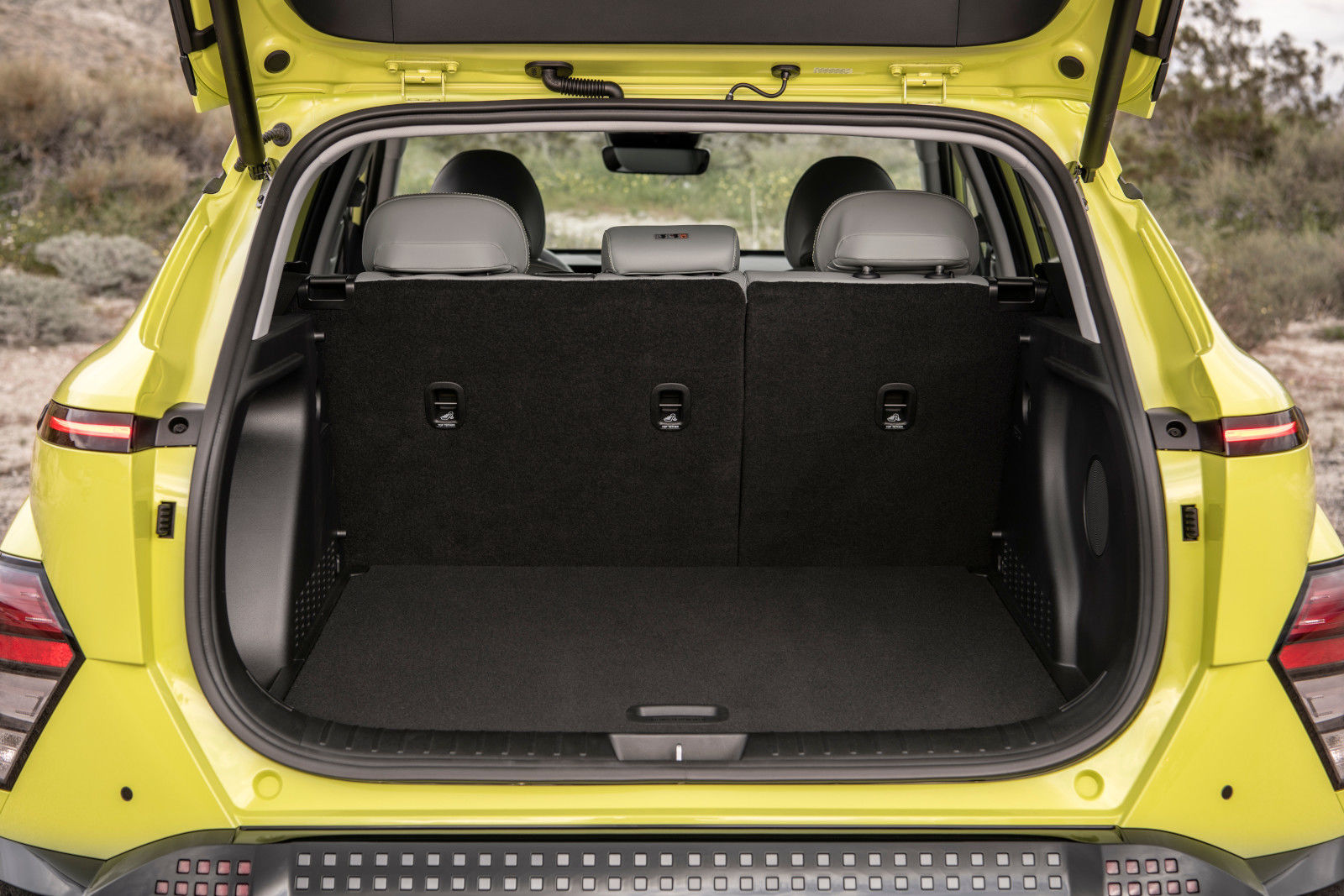
The Tucson leads in passenger comfort, offering 3,065 L of passenger space and up to 2,119 L of cargo volume when the rear seats are folded. Its generous rear legroom of 1,050 mm ensures comfort on long drives.
The Kona provides a balance between space and practicality, offering 723 L of cargo room with the seats up and 1,803 L when folded. Front passengers get 1,059 mm of legroom, while the second row offers 970 mm.
The Venue, being the most compact, still makes good use of its interior with 528 L of cargo space behind the rear seats and 902 L with them down. Rear passengers have 870 mm of legroom, which is tighter than the other two models but sufficient for short commutes.
|
Model
|
Passenger Volume (L)
|
Cargo Space (Seats Up) (L)
|
Cargo Space (Seats Down) (L)
|
Rear Legroom (mm)
|
|
2025 Hyundai Tucson
|
3065
|
1095
|
2119
|
1050
|
|
2025 Hyundai Kona
|
N/A
|
723
|
1803
|
970
|
|
2025 Hyundai Venue
|
2602
|
528
|
902
|
870
|
Performance and Efficiency
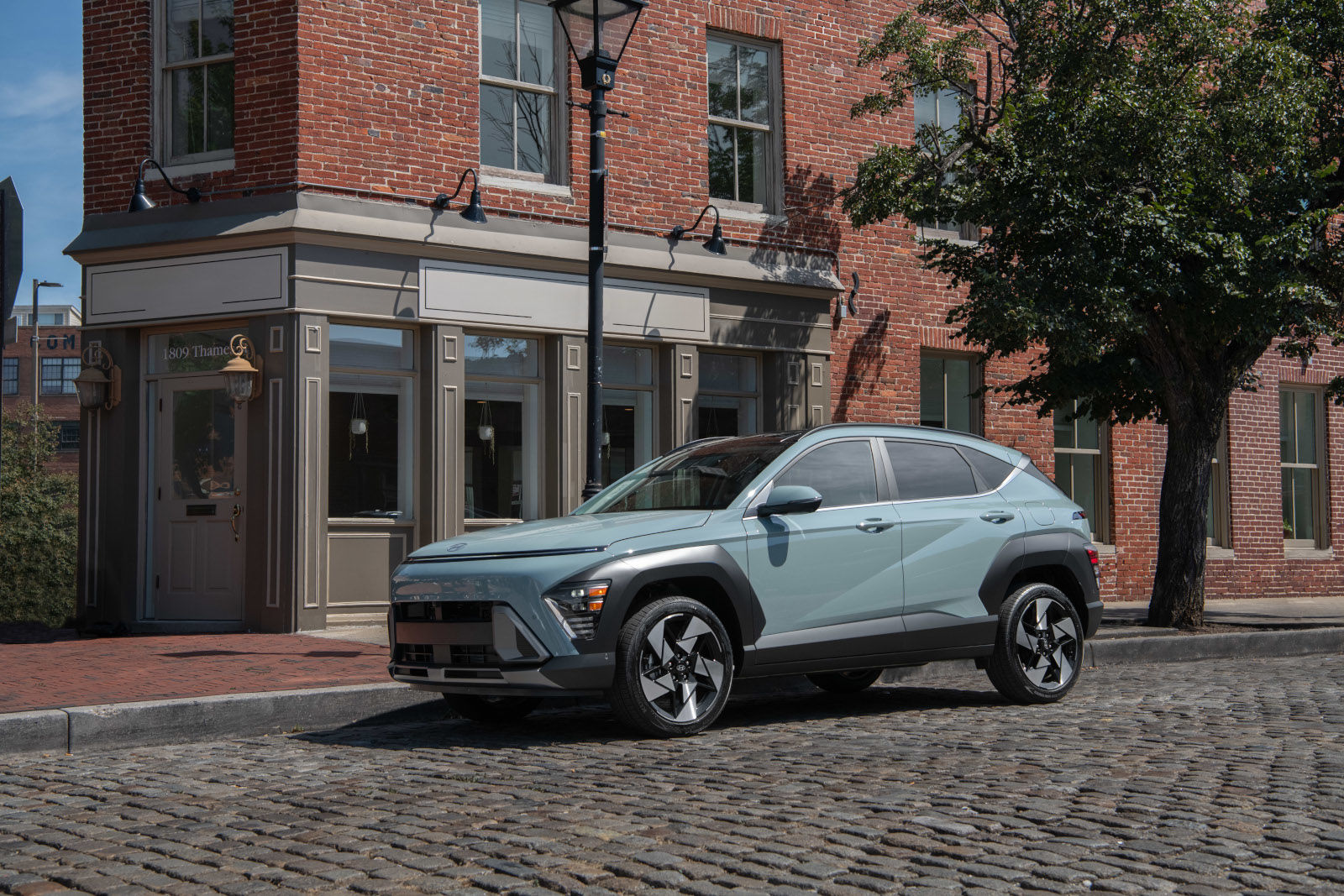
The Tucson offers multiple powertrains, including a 2.5L Smartstream engine, a 1.6L Turbo Hybrid (HEV), and a Plug-in Hybrid (PHEV). The AWD 2.5L version delivers a combined fuel economy of 8.8 L/100 km, while the Hybrid achieves 6.7 L/100 km. The PHEV model provides an impressive 3.1 L/100 km in electric mode.
The Kona features a 2.0L engine, a 1.6L turbocharged option, and a fully electric model. The 2.0L FWD achieves a combined 7.5 L/100 km, while the AWD model uses 8.5 L/100 km. The 1.6L turbo AWD comes in at 9.0 L/100 km. The Kona Electric, powered by a 64.8 kWh battery, offers a combined 2.0 Le/100 km.
The Venue, available only with FWD, features a 1.6L engine that delivers 7.9 L/100 km in the city and 6.9 L/100 km on the highway. While not as powerful as the Kona or Tucson, it’s the most fuel-efficient gasoline model.
|
Model & Variant
|
Fuel Efficiency
|
|
Tucson (Gasoline AWD)
|
8.8 L/100 km
|
|
Tucson (Hybrid)
|
6.7 L/100 km
|
|
Tucson (PHEV)
|
3.1 Le/100 km (Electric Mode)
|
|
Kona (2.0L FWD)
|
7.5 L/100 km
|
|
Kona (1.6T AWD)
|
9.0 L/100 km
|
|
Kona (Electric)
|
2.0 Le/100 km
|
|
Venue (1.6L FWD)
|
7.5 L/100 km
|
Towing and Capability
If towing capacity is a priority, the Tucson is the best choice, offering a maximum towing capacity of 3,500 lbs with the 2.5L AWD model. The Hybrid and PHEV versions are limited to 2,000 lbs.
The Kona and Venue are not rated for towing, reinforcing their focus on daily driving and urban commutes rather than hauling.
Technology and Safety
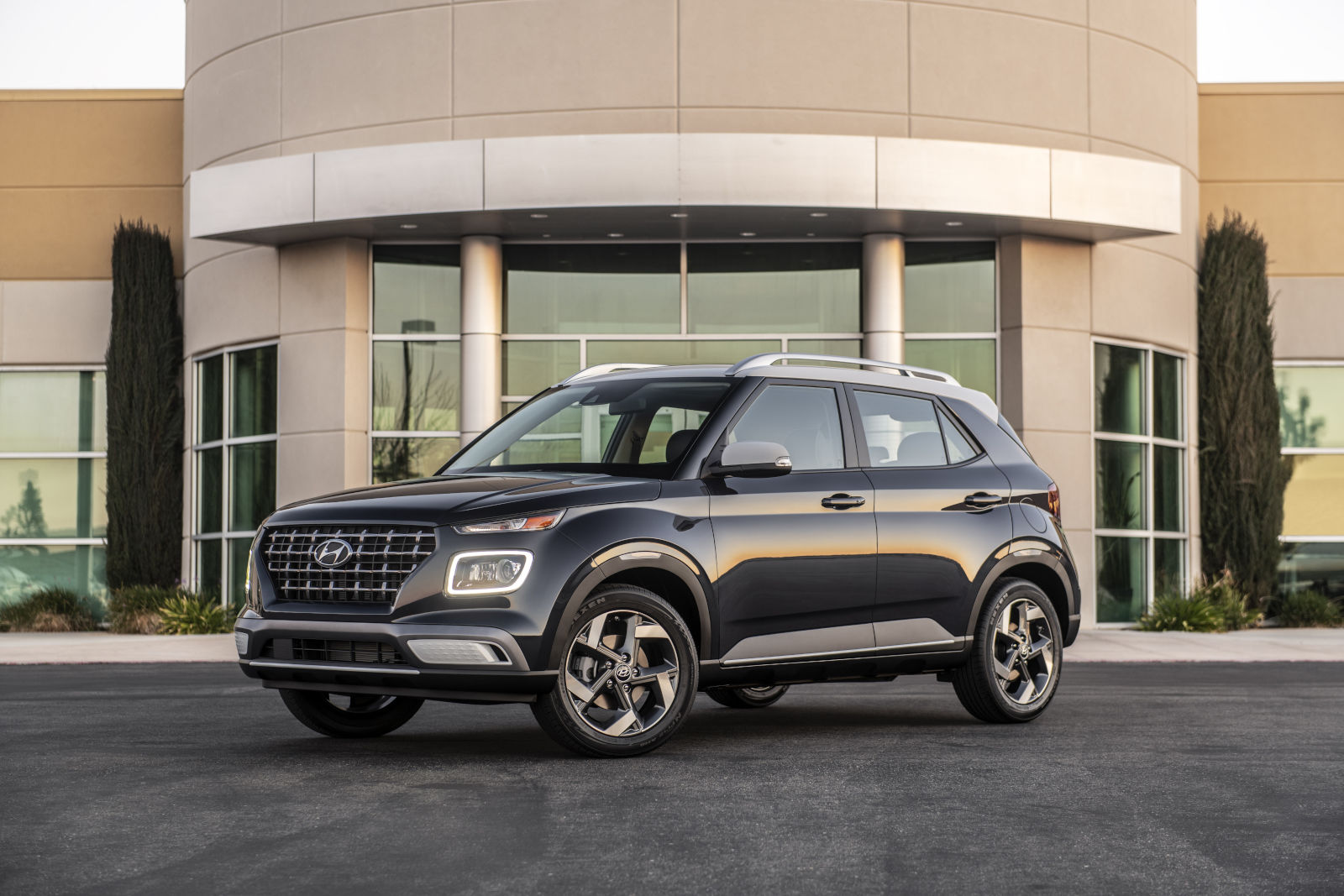
All three SUVs come equipped with Hyundai SmartSense, though the level of features depends on the model.
The Tucson offers Blind-Spot Collision Warning, Adaptive Cruise Control, Highway Driving Assist, and a 360-degree Surround View Monitor on higher trims. A 12.3-inch infotainment display and Bose premium audio are available.
The Kona includes key driver assistance systems like Lane Keeping Assist, Blind-Spot Collision Warning, and Rear Cross-Traffic Collision Avoidance Assist. A 12.3-inch digital instrument cluster and infotainment screen enhance its tech-forward appeal.
The Venue, despite its compact size, still offers Forward Collision-Avoidance Assist, Lane Keeping Assist, and Driver Attention Warning as standard. However, it lacks some of the higher-end features found on the Tucson and Kona.
Finding the Best Fit
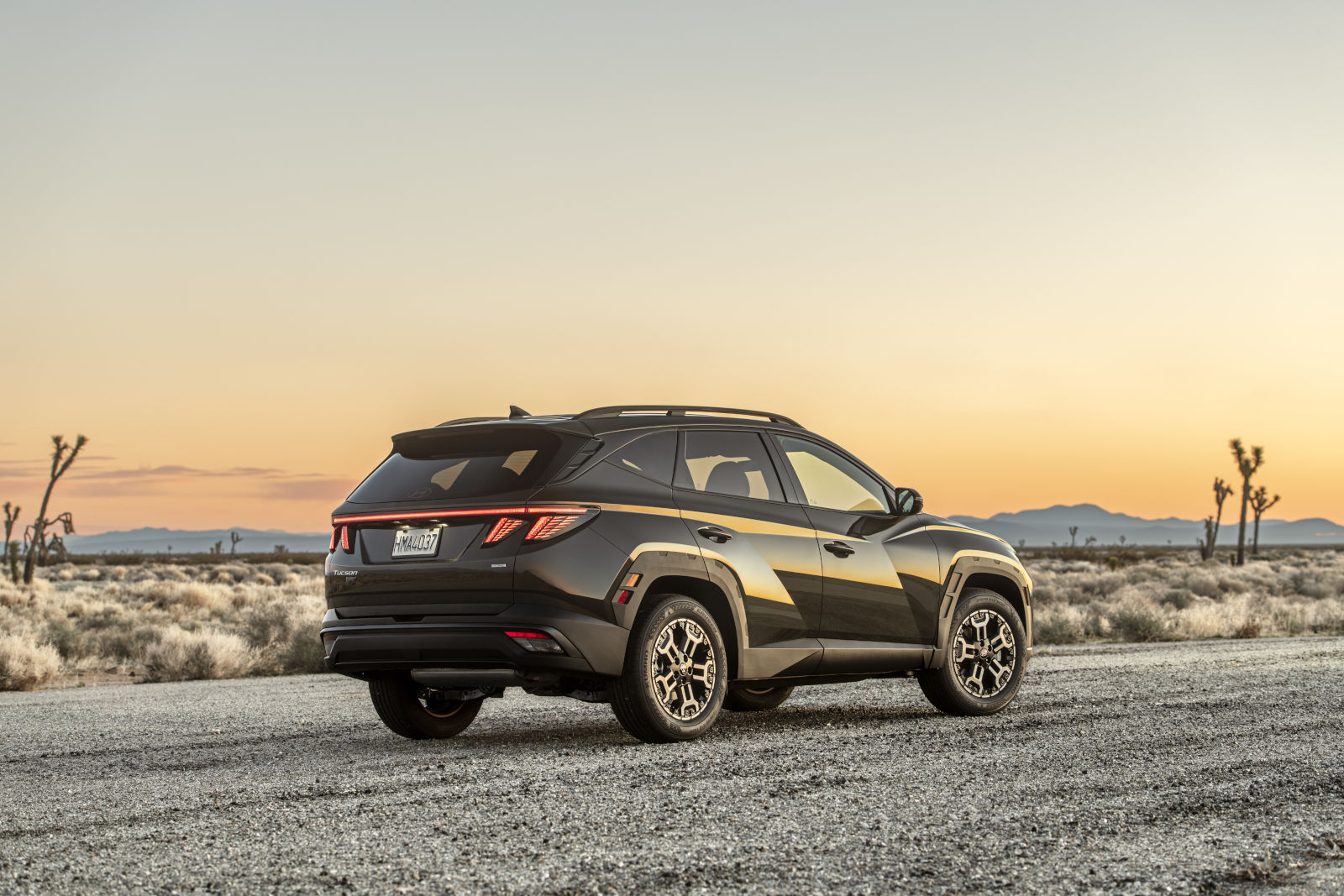
Each of these Hyundai SUVs is designed for a different type of driver.
- The Tucson is ideal for those who need maximum cargo space, advanced technology, and towing capability. It’s best suited for families, road trips, and drivers who frequently need extra room.
- The Kona provides a middle ground between city-friendly dimensions and versatility. With available AWD and an electric option, it appeals to both commuters and those looking for a greener alternative.
- The Venue prioritizes efficiency, maneuverability, and affordability, making it perfect for urban drivers who need a compact yet practical vehicle.
Deciding between them comes down to how much space you need, how you plan to use your SUV, and which features matter most. Whether it’s long highway drives, everyday commuting, or city-friendly convenience, Hyundai has a well-matched option in its lineup.
Conclusion
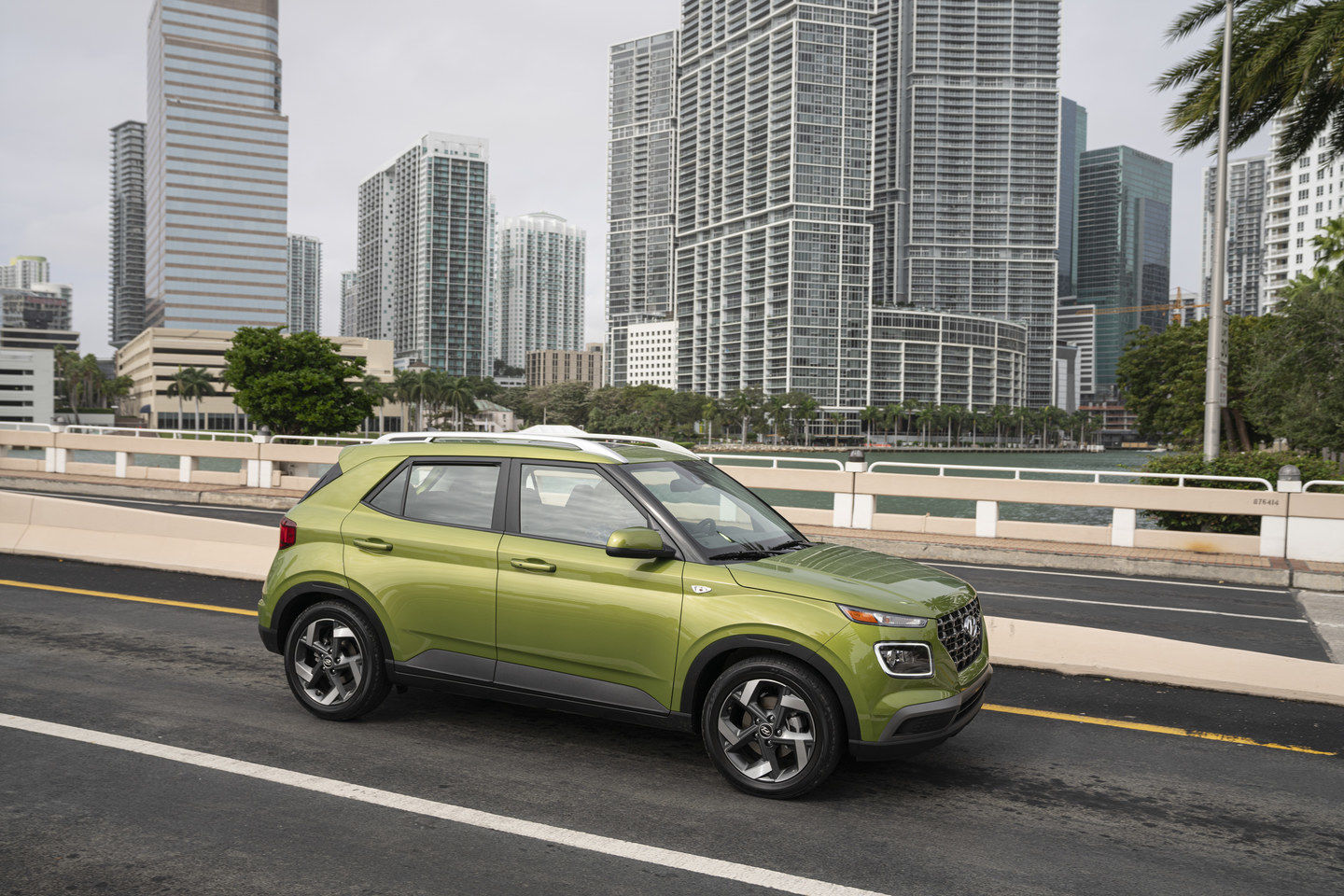
Hyundai’s 2025 SUV lineup offers something for every driver, whether you're after space, efficiency, or affordability. The Tucson stands out for its roominess and capability, the Kona blends technology with performance, and the Venue delivers urban-friendly practicality. By weighing interior space, powertrain options, and available features, choosing between these three models becomes a matter of aligning with your lifestyle needs.


